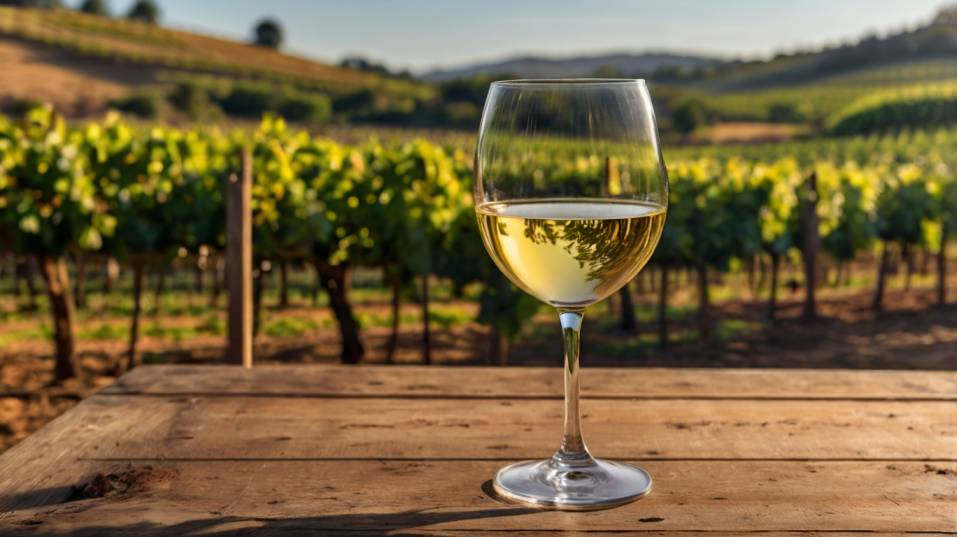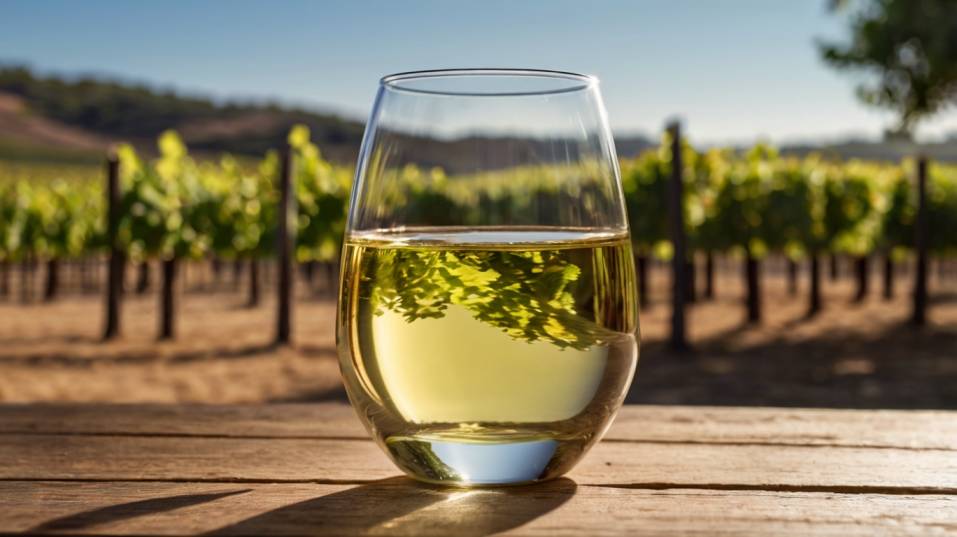New Zealand Sauvignon Blanc: Why It’s So Popular
Curious about wine? Discover why New Zealand Sauvignon Blanc is the ideal bottle to build your palate, boost confidence, and taste smarter.

What’s the one bottle that turns casual sippers into curious tasters? For many, it’s New Zealand Sauvignon Blanc.
Crisp, vivid, and wildly expressive, this isn’t just another white wine—it’s the flavor that wakes up your palate and teaches you to taste with intention.
If you're just getting into wine, this bottle shows you how soil, climate, and grape combine to create something instantly recognizable. And more importantly, unforgettable.
What Makes New Zealand Sauvignon Blanc Different
You don’t need to be a sommelier to pick it out in a tasting. New Zealand Sauvignon Blanc hits the nose with clarity: lime zest, passionfruit, green bell pepper, grapefruit, sometimes a flicker of jalapeño or wet stone.
These aren’t exotic notes meant to impress—they’re sensory clues you can actually detect once you start paying attention. That’s the beauty of this wine. It trains your palate naturally.
This sharp, expressive profile comes from two things working in tandem: the Sauvignon Blanc grape’s natural intensity and the cool, maritime climate of New Zealand.
Marlborough, the country’s most famous wine region, benefits from long days, cool nights, and strong ocean breezes. That slows the ripening process, allowing grapes to develop flavor while preserving their acidity.
Acidity is the engine of great white wine. It brings freshness, lift, and structure. It’s what makes your mouth water after a sip and what keeps the wine from feeling heavy or flat.
New Zealand Sauvignon Blanc has acidity in spades. But it’s balanced by ripe, fruit-forward character—so you get a wine that’s both sharp and generous, bright and satisfying.

Tasting with More Intention
Drinking wine casually is easy. But tasting with intention—that’s where things start to click. It’s not about overanalyzing every glass.
It’s about noticing more, thinking in terms of texture, aroma, balance. And New Zealand Sauvignon Blanc is an ideal place to sharpen those skills.
Smell First, Always
Start with how it smells. Really take a moment before you drink. You might notice tropical notes, citrus oils, maybe even something herbal or vegetal—like basil, green pepper, or fresh-cut grass.
That herbaceous quality isn’t a flaw; it’s a varietal marker. It tells you that the wine hasn’t been overripe or overworked.
When you learn to identify that greenness in Sauvignon Blanc, you’re building a skill you’ll use again and again across different wines and regions.
Focus on Texture and Structure
Then, focus on how the wine feels. New Zealand Sauvignon Blanc is rarely creamy or weighty—it’s sleek, bright, and sometimes even spiky.
That lean texture is another signal. You’re tasting a wine made without oak, without heavy winemaking tricks.
The flavors are coming straight from the vineyard. That kind of purity is rare at everyday price points, which is part of why this wine has become a global go-to.
Pay Attention to the Finish
The finish matters too. Great Sauvignon Blanc leaves your palate refreshed, not overwhelmed. If it lingers, it does so with clarity—a twist of lime, a line of minerality, a clean cut of acidity.
When you start noticing how a wine ends, not just how it begins, you’re moving from passive drinking to active tasting. That shift is where real wine learning begins.
Why It’s Popular—and Deserving of It
New Zealand didn’t invent Sauvignon Blanc, but it redefined how the world thought about it.
Before the 1980s, most people associated the grape with the Loire Valley in France—regions like Sancerre and Pouilly-Fumé, where the wines are leaner, more mineral, more restrained.
Then came Marlborough. Its Sauvignon Blancs exploded with aromatics and acidity. They weren’t subtle, but they were compelling. And most importantly, they were consistent.
That consistency is part of the appeal. You can pick up a bottle of New Zealand Sauvignon Blanc almost anywhere and trust that it will taste clean, bright, and unmistakably itself.
For new wine drinkers, that reliability builds confidence. You’re not guessing. You’re learning.
And as your palate evolves, you can start to pick out sub-regions—like Awatere, known for a cooler, more saline style, or Wairau, which tends to be riper and more tropical.
Another reason for its popularity? Value. For under $25, you can get a bottle that delivers clarity, structure, and real sense of place. That’s not always true in other categories.
You’re not paying for oak aging, elaborate blending, or a marketing push. You’re paying for farming, climate, and technique—all things worth investing in.
Pairing and Pouring with Purpose
You don’t need a fancy dinner to enjoy New Zealand Sauvignon Blanc, but when you do pair it right, it lights up.
Its natural acidity and green flavor profile make it a perfect match for goat cheese, seafood, raw vegetables, and dishes with herbs or citrus. It loves sushi.
It cuts through oily textures like smoked salmon or avocado. It handles heat from chili and ginger without collapsing. In short: it’s one of the most flexible white wines you can have on hand.
But you can also use it to recalibrate your palate. After a few glasses of something oaky or creamy—say, a rich Chardonnay—pour yourself a glass of Sauvignon Blanc and notice the contrast.
It resets your senses. It reminds you what brightness tastes like. And it opens your eyes to how different styles of wine can play different roles in your life. If you’re collecting bottles for learning, not just drinking, this one belongs in your lineup.
Tasting it side-by-side with a Sancerre or a Chilean Sauvignon Blanc will show you how winemaking and climate shape a wine’s personality. That kind of hands-on comparison deepens your knowledge faster than any article ever could.
Final Thoughts
New Zealand Sauvignon Blanc is more than a safe bet or a crowd-pleaser. It’s a smart, skill-building wine that helps you taste with more purpose.
It teaches clarity. It rewards attention. And it offers one of the cleanest, most expressive links between grape and place you can find for the price.
If you’re trying to move from just liking wine to understanding it, this is where you start building instincts. So make your next bottle count. Choose one with curiosity.
Pour it thoughtfully. Smell it like you mean it. Let it sharpen your sense of taste and expand your definition of what white wine can be.
Try one new Sauvignon Blanc this week. Not because it’s trendy—but because it’s a step closer to tasting with confidence, not just preference.




